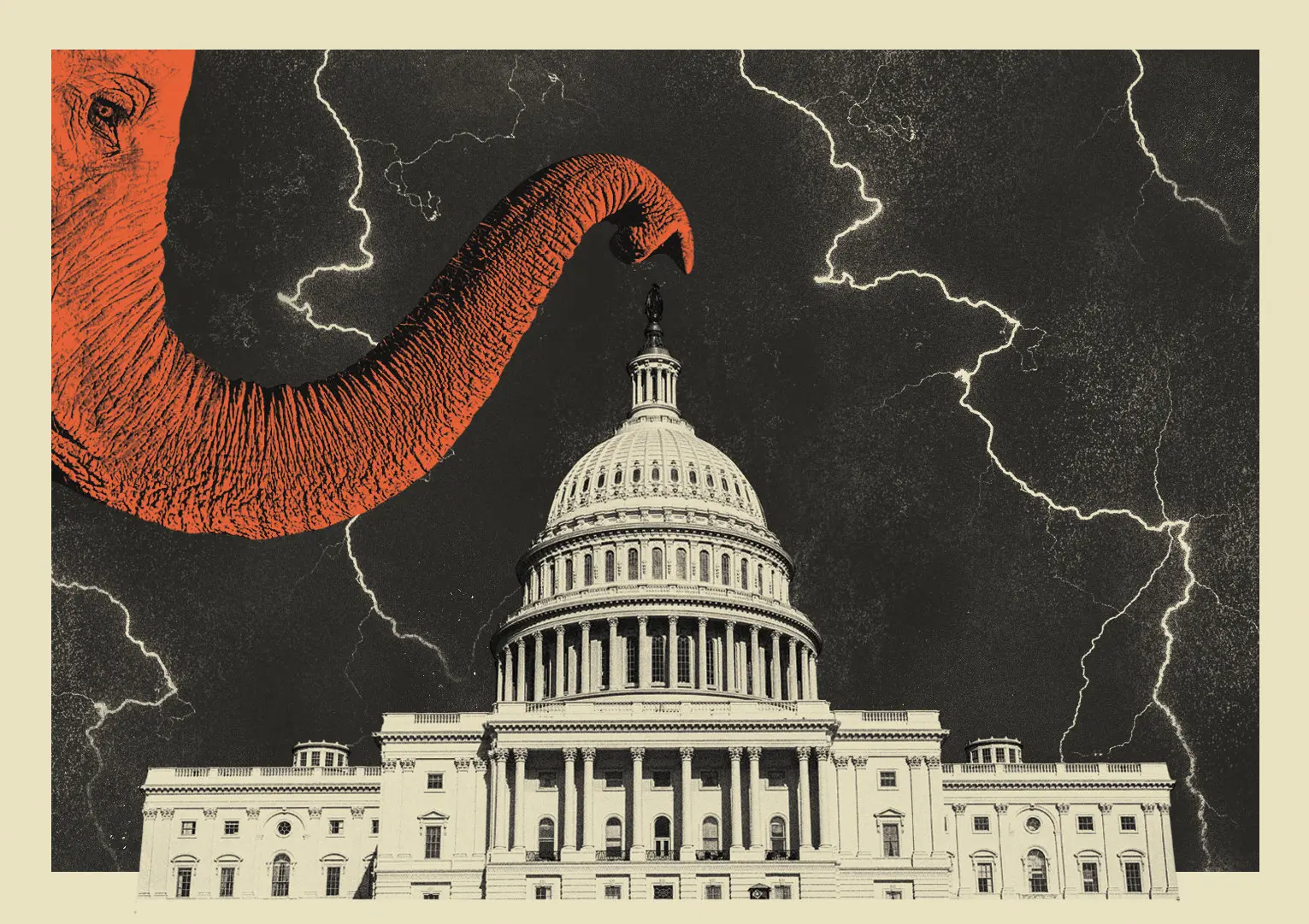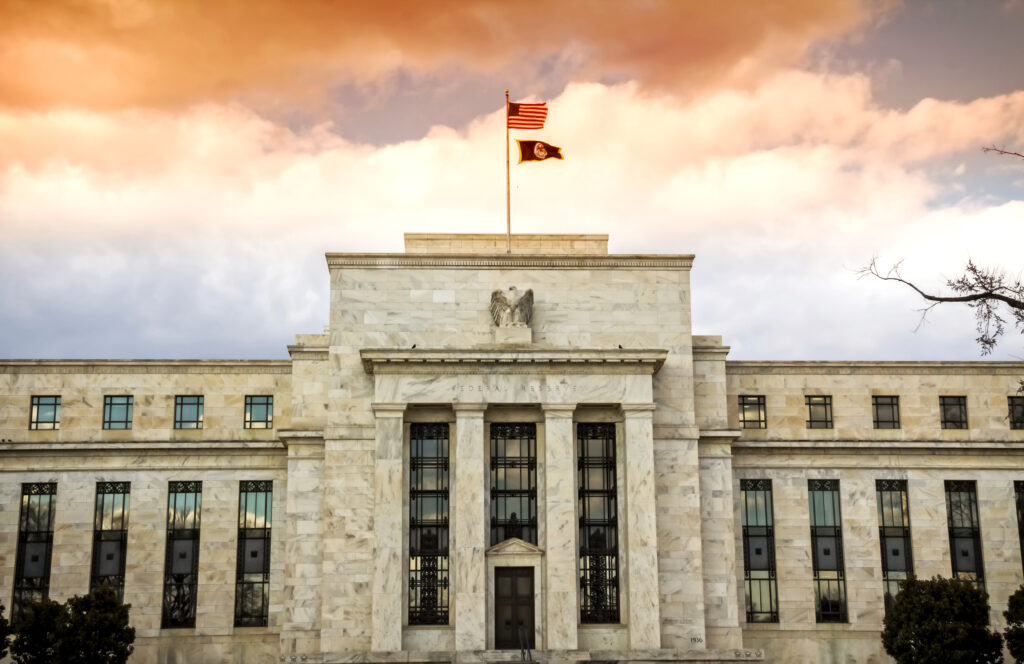Darius recently sat down with Macro Voices’ Erik Townsend, where they discussed the implications of the US election, how monetary policy dynamics are likely to change during the Fourth Turning, and more.
If you missed the interview, here are the two most important takeaways from the conversation that have significant implications for your portfolio:
1. How Will The US Debt-to-GDP Ratio Fare Under President-Elect Trump?
At 42 Macro, we have evaluated the proposals each candidate has put forward on the campaign trail through September 30th of this year. Our research indicates that Kamala Harris’s proposals would have accumulated approximately $3.5 trillion in additional U.S. sovereign debt over the 10-year projection period relative to the baseline. On the other hand, if we add up the various income and spending proposals from the Trump campaign, the increase is approximately $7.5 trillion.
Despite President Trump winning the election, our research indicated the US debt-to-GDP ratio would likely accelerate dramatically no matter who won the election or which party controls Congress.
Moreover, under current law, with the Trump tax cuts set to expire at the end of 2025, the debt-to-GDP ratio is projected to reach 125% in 10 years. With Harris’s proposals, the ratio would have been projected to increase to 133% over the same period. Trump’s proposals are likely to push it to 142%.
2. How Are Monetary Policy Dynamics Likely To Evolve In This Fourth Turning?
In our deep-dive empirical study on the Fourth Turning, we explore how monetary policy dynamics have evolved in previous Fourth Turnings and how they are likely to evolve in this Fourth Turning.
In our deep dive, we found that the key monetary policy risks in a Fourth Turning include significant financial repression and monetary debasement:
- Financial Repression: We believe investors should prepare for increased financial repression because banks currently have ample capacity to lend to the Treasury market. Our research indicates commercial banks’ holdings of Treasury and agency securities are currently approximately 18% of total bank assets, compared to nearly 50% during the peak of the last Fourth Turning. We anticipate that regulators, including the Fed and other international bodies, are likely to pressure banks and other financial institutions (e.g., pension funds, insurers, asset managers) into holding more Treasuries. This is likely to keep policy rates significantly below what could be elevated rates of inflation as we move further into this Fourth Turning.
- Monetary Debasement: We believe investors should anticipate monetary debasement as the private sector, increasingly relied upon to fund the U.S. government, is likely to demand higher yields. Our research shows that the Federal Reserve’s Treasury holdings have declined to only 16% of total marketable Treasury debt. Meanwhile, commercial banks now hold around 15%, and foreign official holdings make up 14%. The remaining share, largely held by the global private sector, has surged from 36% in late 2021 to 54% currently. In our view, this growing reliance on the private sector to finance U.S. public debt has significantly contributed to the recent rally in bond yields and the rise in real interest rates across the yield curve, both in the U.S. and globally. The key takeaway is that, given the already deteriorating U.S. public sector balance sheet, this trend is likely to worsen dramatically. We recognize that only one institution has a balance sheet large enough to sustain U.S. public debt in a Fourth Turning scenario: the Federal Reserve.
Both of these dynamics are likely to lead to an acceleration in money supply growth, which we believe is likely to inflate the value of risk assets such as stocks, credit, crypto, commodities, and gold throughout the Fourth Turning.
There will be some significant crashes in these assets to risk manage along the way when public sector debt growth vastly exceeds the amount of monetary debasement and financial repression available at the time, leading to a global refinancing air pocket. We anticipate the Fed will respond to future refinancing air pockets with more monetary debasement and more financial repression, leading to renewed bull markets from higher lows in the prices of risk assets. They don’t have a choice.
Investors that maintain access to our KISS Model Portfolio or Discretionary Risk Management Overlay aka “Dr. Mo” signals will sleep comfortably at night while participating in the high-stakes, Fed-sponsored bull market we anticipate will vastly exceed the wildest imaginations of investors.
By now, you’ve likely realized that piecing together an investment strategy from finance podcasts, YouTube videos, and macro “gurus” on 𝕏 is not delivering the results you know you deserve.
This kind of approach only leads to confusion from conflicting advice, frustration from mediocre returns, and exhaustion from the emotional rollercoaster of your portfolio swings.
If you don’t change your process, how can you expect to get better results?
Over 2,000 investors around the world confidently make smarter investment decisions using our clear, actionable, and accurate signals—and as a result, they make more money.
If you are ready to learn more about how our clients incorporate macro into their investment process and how you can do the same, we invite you to watch our complimentary 3-part macro masterclass.
No catch, just macro insights to help you grow your portfolio—our way of saying thanks for being part of the 42 Macro universe.


